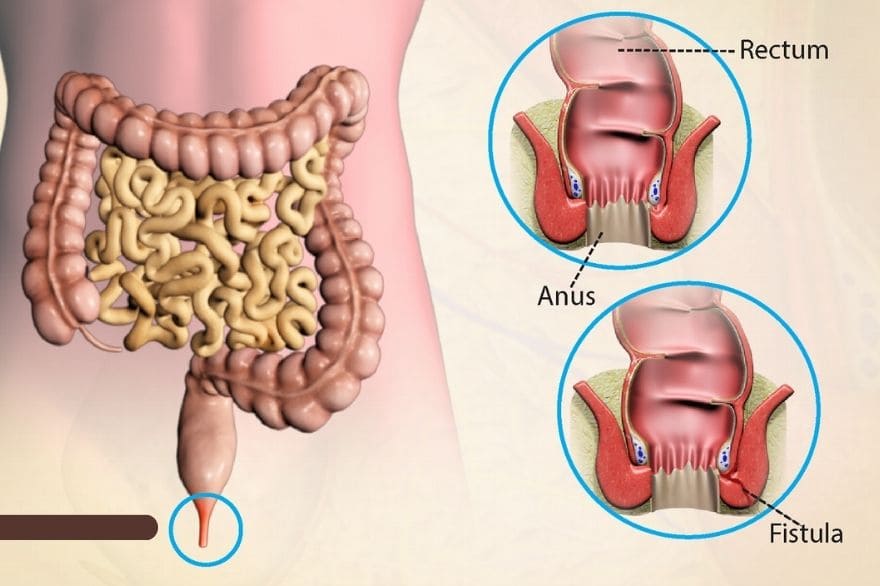
Fistula in ano – Fistulectomy
Fistula in ano – Fistulectomy –
Fistula in ano, commonly referred to as an anal fistula, is an abnormal connection or tunnel that forms between the inner lining of the anus or rectum and the skin surrounding the anus. It typically occurs as a result of an infection or abscess in the anal glands, which leads to the formation of a tract or passage.
The main cause of a fistula in ano is an anal abscess, which is a collection of pus that forms in the anal gland. When the abscess does not fully heal or drain properly, it can result in the formation of a fistula. Other factors that can contribute to the development of a fistula include inflammatory bowel disease (such as Crohn’s disease), trauma or injury to the anal area, and certain infections.
Syptoms:
- Persistent pain and discomfort around the anus
- Swelling or a lump near the anus
- Discharge of pus or blood from an opening near the anus
- Itching or irritation in the anal region
- Recurrent abscesses or infections in the anal area
Fistula in ano – Fistulectomy- Fistulectomy is a surgical procedure performed to remove a fistula, which is an abnormal connection or passageway between two organs or between an organ and the skin. Fistulas can occur in various parts of the body, but the most common type is an anal fistula, which involves an abnormal passage between the anal canal and the skin near the anus.
Tract dissection and removal: The surgeon carefully dissects the fistula tract, separating it from the surrounding tissues. The entire length of the tract is removed to ensure complete excision. In some cases, a seton, which is a suture or rubber band, may be temporarily placed in the tract to aid healing and prevent closure before it is fully healed.
Dressing and recovery- A sterile dressing is applied to the surgical site, and the patient is monitored in the recovery area. Pain medication may be prescribed to manage post-operative discomfort.
Post-surgery care and recovery will vary depending on the individual and the specific circumstances of the fistulectomy. The patient may be advised to take sitz baths (sitting in warm water) to promote healing and cleanliness of the surgical site. Stool softeners or dietary changes may be recommended to prevent straining during bowel movements, which can hinder healing. The surgeon will provide instructions for wound care, activity restrictions, and follow-up appointments to monitor healing and address any complications.
As with any surgical procedure, there are potential risks and complications associated with fistulectomy, including infection, bleeding, recurrence of the fistula, urinary retention, fecal incontinence, and wound healing problems.
Meet Our Doctors
